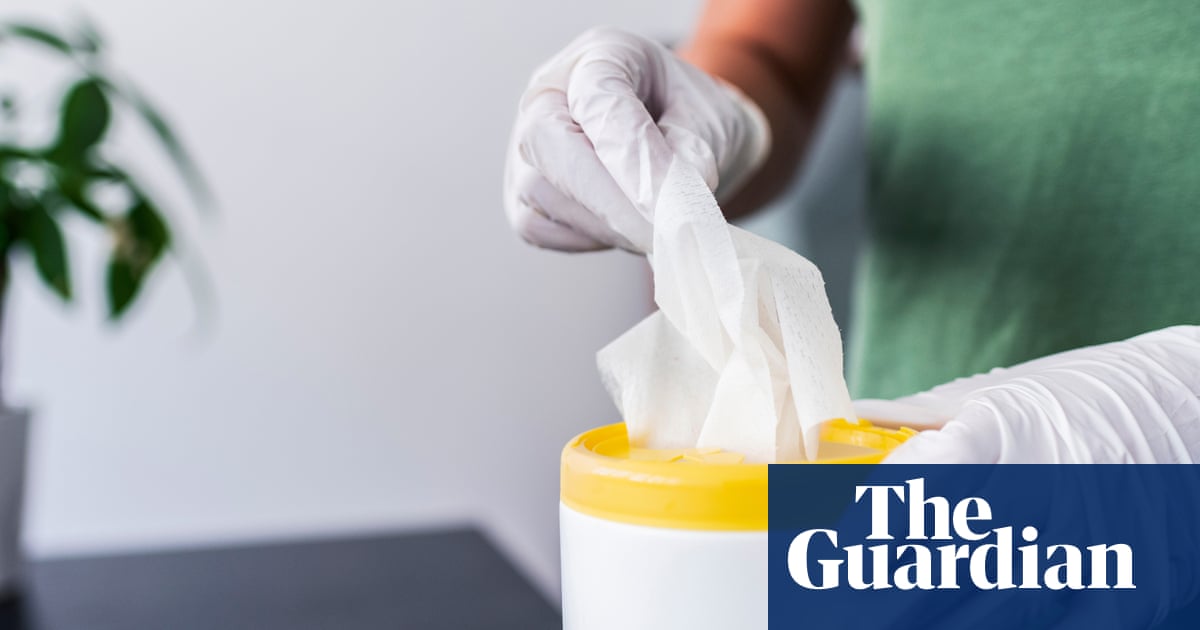- cross-posted to:
- health@lemmy.world
- cross-posted to:
- health@lemmy.world
Starch-based bioplastic that is said to be biodegradable and sustainable is potentially as toxic as petroleum-based plastic, and can cause similar health problems, new peer-reviewed research finds.
Bioplastics have been heralded as the future of plastic because it breaks down quicker than petroleum-based plastic, and is often made from plant-based material such as corn starch, rice starch or sugar.
The material is often used in fast fashion clothing, wet wipes, straws, cutlery and a range of other products. The new research found damage to organs, changes to the metabolism, gut microbe imbalances that can lead to cardiovascular disease, and changes to glucose levels, among other health issues.
The authors say their study is the first to confirm “adverse effects of long-term exposure” in mice.
AFAIK the claim was never that bioplastic are “healthy”, the claim is that it breaks down way faster. Preventing a buildup as we have seen with mikroplastic.
Sensationalist headline IMO.It doesn’t breakdown as fast as claimed, either. PLA needs high temperature composting to breakdown.
It’s not impossible to do, but nobody bothers. It’s one of the more sustainable options for 3d printing, so we should get on that.
I actually see it as weirdly counterproductive. When bioplastics degrade they release their carbon into the air as carbon dioxide. Whereas a properly landfilled piece of plastic takes its carbon permanently out of circulation, it’s literally sequestered.
Landfills get a bad rap. When they’re done right they’re a clean and reliable way to deal with waste. They’re just easy to get wrong if you don’t care, and they look so unphotogenic it’s easy to campaign against them. But one of my favourite parks is a former landfill done right, aside from the occasional monitoring well scattered around the place there’s no way to tell what it used to be.
It’s only releasing CO2 that was already there. We’re not digging the carbon out of the ground after it was sequestered millions of years ago. PLA is currently mostly from corn, though there are other crops that can work. There’s even a hemp-based path, though I don’t know how viable it is.
PLA is one of the most recyclable plastics. Grind it up and you can melt it back into 3d printer filament. The machines for this have been improving a lot. The bad news is that you have to make sure you only put PLA stuff into the grinder. This makes it hard to do at makerspaces where you can’t trust people to separate PLA prints from others. I am hoping that my own makerspace gets a machine, and then you can at least handle your own prints that way.
CO2 is CO2, it doesn’t matter where the carbon came from. If you’re sequestering plastics that were made from plants then you’re taking it out of the atmosphere for a net benefit.
It was never intended as a carbon sequestration method, and it would make a very poor one. Considering the energy input in creating it, as well, it’s likely CO2 positive over its lifespan. We would be better off not making it at all if that’s the main consideration.
“Never intended” doesn’t mean it doesn’t work as one.
The point I’m making here is that if we already have a chunk of plastic, why not bury it? Your own comment that I originally responded to was about how the composting process for these bioplastics is difficult to do and so people rarely do it. Landfills are comparatively quite easy and common, we already have that process well established. So if you’ve got a chunk of carbon-rich plastic right there in your hand and you’re trying to decide what to do with it, which makes more sense, turning it into CO2 to vent into the atmosphere, or sequestering it effectively forever? There are carbon sequestration projects that go to much greater lengths to bury carbon underground than this.
Landfills don’t necessarily sequester the CO2 for long. Often, they release the carbon as methane. Methane is a much worse greenhouse gas than CO2, and so landfills often pipe the methane to be burned. The amount of CO2 released for every unit of methane is a smaller greenhouse concern than the original methane, but none of this should be considered sequestration.
deleted by creator
IDK how fast they break down, they are supposed to break down faster. But apparently not as fast as to makers claim.
That’s always been a garbage claim, “in an industrial composter” where heat and moisture are super high. At very least moisture and UV light are needed, probably not going to happen in a landfill. But then nothing else in there is gonna decay either. If you dig up landfills from the 70s and 80s, you can still read the newspaper articles layered in with everything else. Imagine the wrappers for candy you threw away as a kid. They still exist.
deleted by creator
Was the study funded by Big Oil?
. . . Just. Curious.
I tried to access the study but can’t find it at the usual mirrors (yet). They usually just have a line like ‘the study authors and funding partners do not have any conflict of interest in this area of study’ so it requires a journalist or some expert to dig into the funding sources. AFAIK.
“Starch based” plastic is just a way to greenwash PLA.
Just because the C, H, and O originally came from starch, does not automatically make the chemically synthesized product safe.
It does mean no petroleum was used to make the plastic, which is one environmentally-friendly aspect.
That’s incorrect, making things from crops that use farms which could be wildlife habitat and use oil based fertilizers and pesticides isn’t necessarily better or emit less net co2. It may in some cases be better but just like corn based ethanol it can also increase food shortages and depending on where it’s grown be worse than just using oil.
oil from the ground is a limited resource, farmland is relatively plentiful (more importantly governments want enough to feed more than their own people domestically even if the people won’t ever want that much corn in their diet).
That’s also incorrect. Oil is effectively unlimited, in the sense that we will stop using it on a large scale within the next 2-3 decades and after that demand will be lower than supply, the same situation we have with coal now.
And farmland is not plentiful at all, even though most of the world is covered in farmland it is always in short supply. That’s why Brazil farmers cut down and burn rainforest for farmland to feed cattle, or cut down orangutan habitat to grow palm oil. There is a 1:1 relationship between farmland and habitat for animals.
In what fantasy world do we stop using it large scale for any reason other than supply dries up? Freight ships run on oil, planes run on oil, both do not have economically viable alternatives yet. Cars run on oil and it will take more than 2-3 decades until 95%+ of global cars are EVs. Plastic currently uses around 10% of global oil supply, so even if everything else drops to 0 we still need a lot.
Demand will decrease at a gradual and then rapid pace while there will be plenty of production even with decreased levels of oil exploration. I didn’t say none, only that supply will exceed demand.
It barely makes it that far.
The point of these plastics isn’t greenwashing, the point is to biodegrade. Petroleum plastics don’t break down in compost or a landfill.
Me looking at my shiny new 3D printer after all this stuff:

Yup, this is why my printer is in an enclosure and always vents to outside no matter the filament I’m using.
Even though I kinda like the sweet smell of melted PLA. :(
It’s a Prusa MK4, so I’ll get it upgraded to the Core One to get it enclosed, and construct a vent.
Based on what I’m reading, the glass transition isn’t the issue, it’s the plastic itself. PLA is brittle, and taking supports off creates an incredible mess. I also use ASA, and while it seems to be less brittle, there’s still quite a mess. (Thankfully, ASA doesn’t breakdown to release the styrene until it hits 400C, and the extrusion temp is 260C. That means the accumulation of the microplastic doesn’t include the carcinogenic aspect, just the ones listed and suspected of micro plastics in general).
I used to use an SLA printer since I like making minis, but the resin started irritating the shit out of me, was insanely difficult to clean, and apparently the UV reactant is carcinogenic. I stopped using that entirely 4+ years ago (maybe used it for 6 months irregularly). I want another, but not without a much better workspace and proper ventilation. Except it, as well, results in a resin copolymer that I would find extremely likely to cause the same micro plastic hazard.
Imagine that, plastics are dangerous





